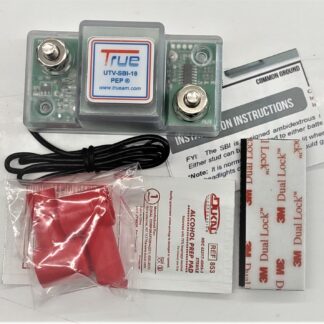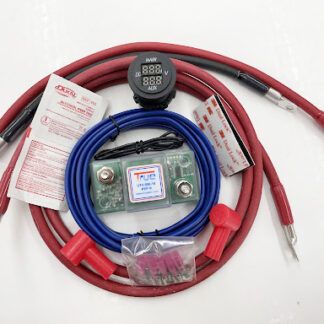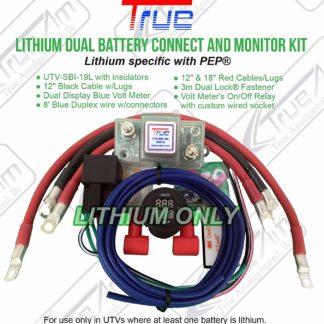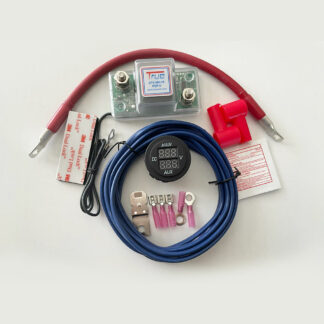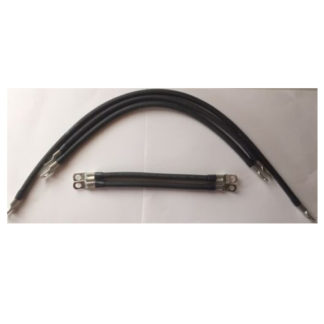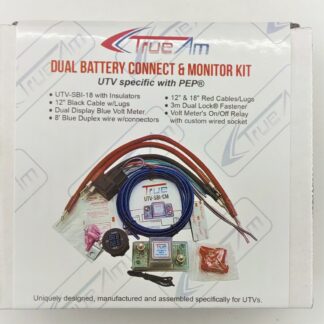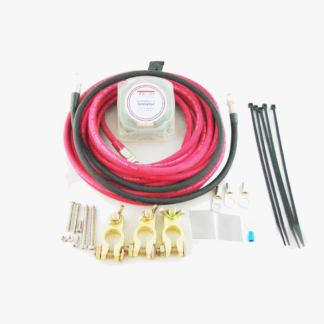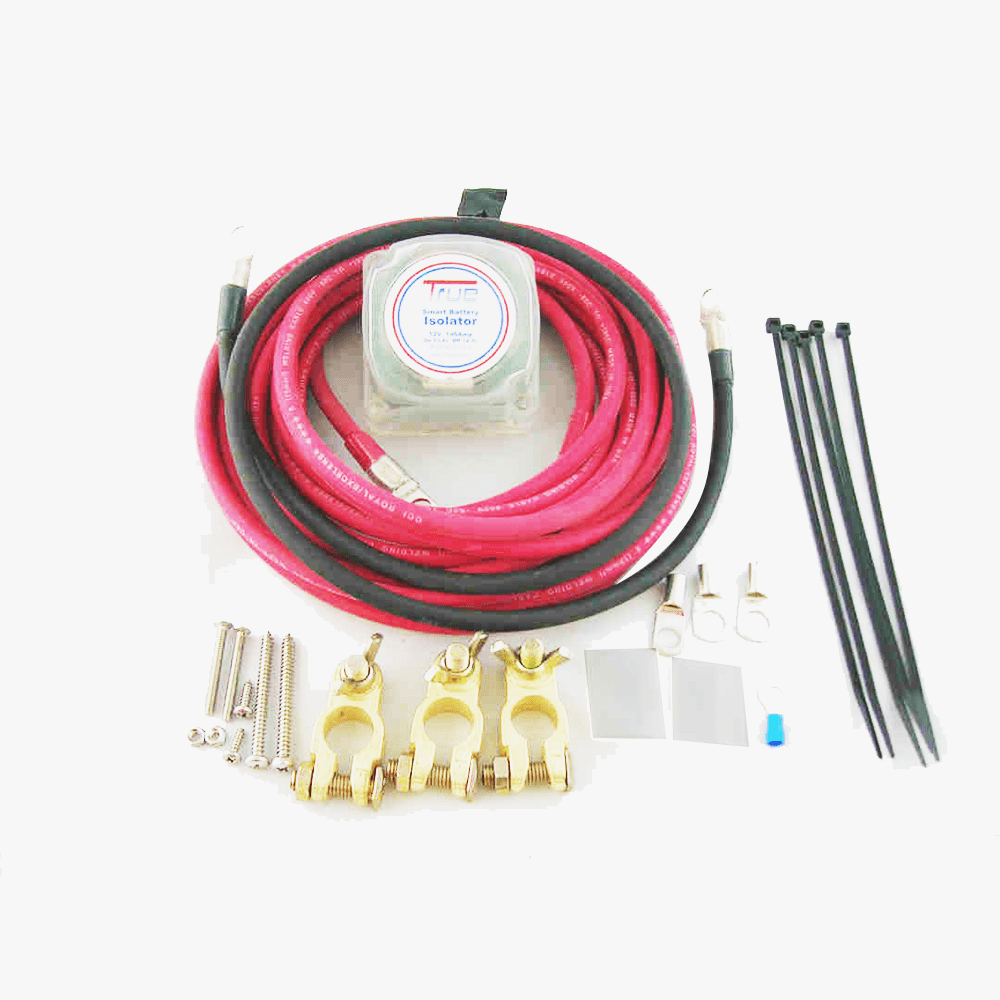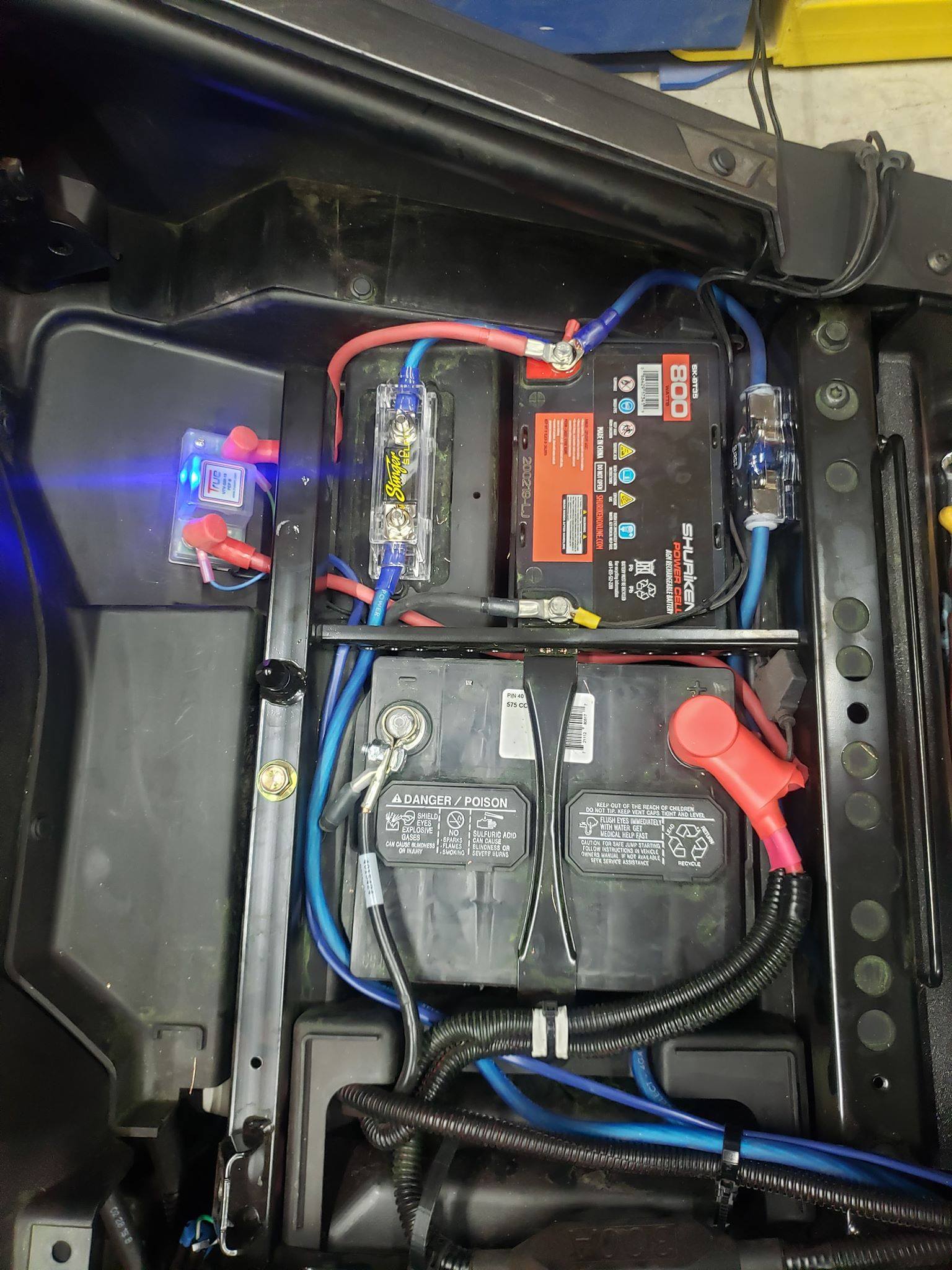
It’s a common concern at UTV and off-road events around the country. The same question exists whether you drive a Polaris RZR®, Polaris Ranger®, Kawasaki Teryx®, Can-Am Commander®, CanAm Maverick®, Yamaha Rhino®, or any other brand or model. While there is no one-size-fits-all solution, arriving at the right answer does not have to be complex.
While the UTV is running, the electrical system will typically create more electricity than it consumes. This extra electricity is utilized to recharge the machine’s battery and power aftermarket attachments. A second battery kit can help in rare cases where electrical demand exceeds the capability of the electrical system. A second battery kit will not affect the UTV’s ability to create power, but it will provide an additional source of power and will help to support the factory electrical system.
BASICS OF UTV AND SXS ELECTRICAL SYSTEMS
A stator is utilized on UTVs and SXSs to generate AC electricity for the electrical system. Stators have long been employed in the electrical systems of snowmobiles and ATVs. A stator is housed within the flywheel, which spins off the crankshaft of the engine. Magnets inside the flywheel assist the stator in producing alternating current voltage. A voltage regulator rectifier is connected to the stator. The regulator rectifier accepts the alternating current current and transforms it to direct current, which it then transmits through the wiring harness. The output capabilities of the stator vary according to the type and model, as well as the engine’s RPM. The greater the RPM, the faster the flywheel spins and, as a result, the more power the stator can generate.
Stator output specifications largely depend on make, model, and engine size. For example, a 2016 Polaris RZR® XP1000 stator generates 560 watts of power at 3000 RPM.
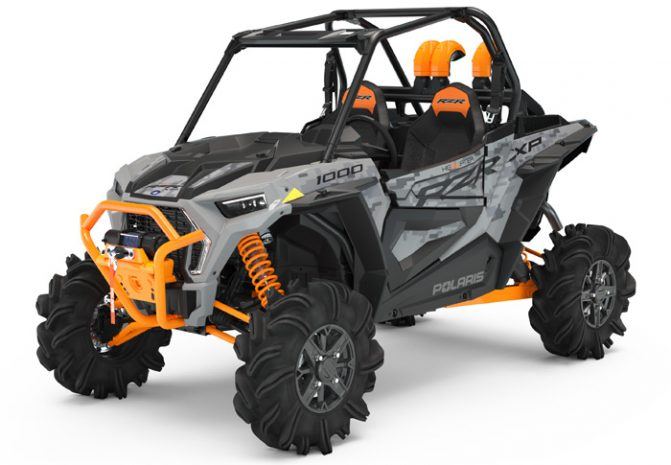
Depending on the brand and model, OEM/Factory electrical components could consume 65% – 75% of the stators capacity. The instrument cluster, starter, factory lights, engine sensors, fuel pump, radiator fan, ECM, and other factory electrical components are examples of these. All of these components are not active at the same time. For example, when you initially start your machine, the starter uses a lot of power, but after the engine is running, the starting uses none. Additionally, audio system components are usually wired to a switch or to the ignition. If connected to the ignition (accessory/remote turn on), the audio component(s) will turn on whenever the ignition is turned on. If you connect an accessory or remote turn on to a switch, it will only switch on when the switch is in the ON configuration, regardless of whether the engine is operating or not, or what position the ignition is in.
UTV & SXS ELECTRICAL ACCESSORY CURRENT DRAW
MTX Audio Motorsports Products and their current draw:
- MUD50.2 amplifier – 7.5 amps
- MUD100.2 amplifier – 20 amps
- MUD100.4 amplifier – 35 amps
- MUD6SPBT Universal BlueTooth soundbar – 7.5 amps
- MUDSYS31 BlueTooth soundbar – 10 amps
- MUDSYS41 BlueTooth soundbar – 10 amps
- MUDSYS46 BlueTooth soundbar – 10 amps
- RZRXP-10 powered subwoofer enclosure – 30 amps
- RANGER-10 powered subwoofer enclosure – 30 amps
- CANAM-10 powered subwoofer enclosure – 30 amps
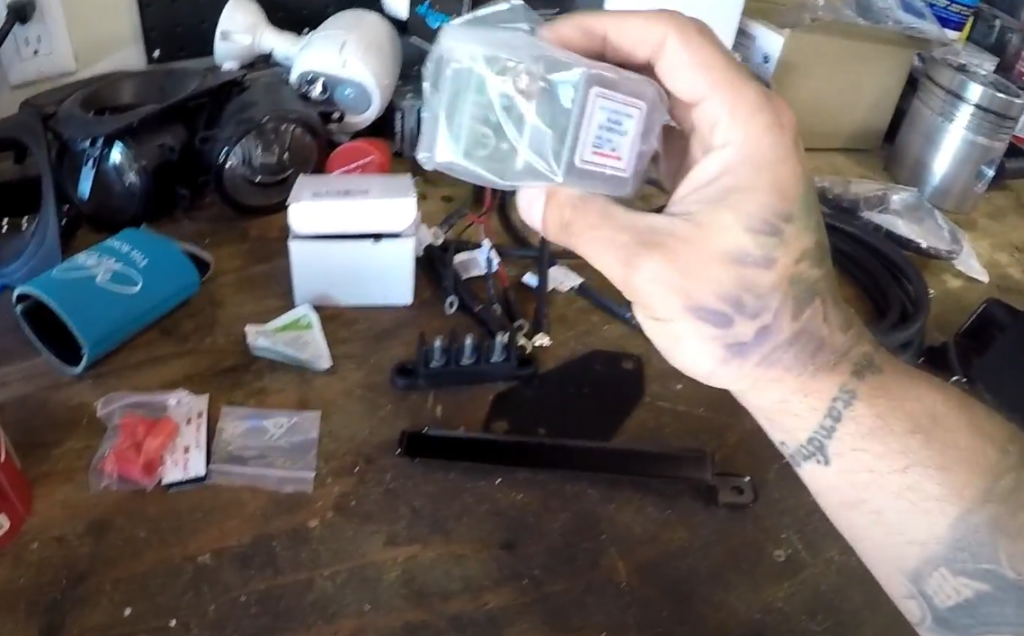
It is critical to note that the speakers themselves have no additional pull on the electrical system. The power supplied by the amplifier is used by the speakers. Only the amplifier, whether built-in or external, gets power from the power supply. Furthermore, at lower volumes, the amplifiers draw less current than at greater volumes.
Other common aftermarket electrical accessories and their current consumption:
- 50W HID headlight – 4-5 amps each
- Halogen headlight – 4–8 amps each
- LED headlight – 2-3 amps each
- Heated seats – 3-4 amps each
- Winch – 20 amps to 320 amps depending on how much weight it is winching
- 40″ LED Light bar – 16-22 amps
- GPS – 1-2 amps
What now?
Our dealers and followers placed thousands of second battery install kit to various UTV brand, and countless other vehicles during testing and product development, and we’ve never had an issue with insufficient power. A second battery is put under the seats on a couple of the demo machines that have 6 amplifiers, 6 speakers, 4 subwoofers, 3 LED light bars, a winch, and GPS but most of our customers don’t have this much draw on their machine’s electrical system.
A factory electrical system will suffice for 99% of equipment and people when powering a few hundred watts of amplifier power, LED light bar, a sound bar, and a winch. The worst you’d have to worry about is that you won’t be able to listen to music when using your winch to lift your buddy out of a 4 foot thick mud pit. In which case, you won’t be playing music anyway since you’ll be too busy ridiculing him.


